Discover the World’s Most Dangerous Dog Breeds
Dogs have long earned the title of “man’s best friend” by providing companionship, loyalty, and unconditional love. However, certain breeds show higher instances of aggression, which raises safety concerns. It’s important to recognize that genetics, upbringing, training, and environment all influence a dog’s behavior. This article delves into the breeds often labeled as aggressive, the factors contributing to such behavior, and the importance of responsible dog ownership.
What Makes a Dog Breed “Dangerous”?
Before labeling a breed as dangerous, it’s crucial to consider the following factors:
- Physical Strength: Larger, more muscular dogs can cause more harm if they become aggressive.
- Bite Force: Some breeds have incredibly strong jaws, making their bites more dangerous.
- Temperament: Certain breeds are more prone to aggression, territorial behavior, or dominance.
- Training and Socialization: A lack of proper training or socialization can exacerbate aggressive tendencies.
- Purpose of Breeding: Breeds originally bred for guarding, fighting, or hunting may have stronger instincts that can lead to dangerous behavior if not managed properly.
Understanding these factors helps in assessing the potential risks associated with different breeds.
The Most Dangerous Dog Breeds
While any dog can act aggressively under certain conditions, some breeds have been involved in more severe incidents. It’s important to note that these statistics often reflect cases of improper training, neglect, or abuse rather than inherent aggression:
1. Pit Bull Terrier
- Why They’re Considered Dangerous: Pit Bulls are often at the center of debates about dangerous dogs. They have powerful jaws, high energy levels, and a strong prey drive. Historically bred for bull-baiting and dogfighting, they can exhibit aggression if not properly trained.
- Reality Check: Pit Bulls are also known for their loyalty and affection toward their families. With proper socialization and training, they can be loving and gentle pets.
- Key Stats: A significant percentage of fatal dog attacks in the U.S. involve Pit Bulls, but people often attribute this to irresponsible ownership and breeding practices.
2. Rottweiler
- Why They’re Considered Dangerous: Rottweilers are large, strong dogs originally bred for herding and guarding. They are naturally protective and can become aggressive if they perceive a threat to their family or territory.
- Reality Check: Rottweilers are intelligent and trainable. Consistent training and early socialization make them well-behaved and loyal companions.
- Key Stats: Rottweilers rank among the top breeds involved in fatal dog attacks, but untrained or poorly socialized dogs cause most incidents.
3. German Shepherd
- Why They’re Considered Dangerous: German Shepherds are highly intelligent and strong, often used in police and military roles. Their protective instincts can sometimes lead to aggression if not properly managed.
- Reality Check: German Shepherds are incredibly loyal and make excellent family pets when raised in a loving, structured environment.
- Key Stats: Although these breeds are involved in some bite incidents, their intelligence and trainability make them among the most popular dogs worldwide.
4. Doberman Pinscher
- Why They’re Considered Dangerous: Dobermans are known for their speed, strength, and protective nature. They were originally bred as guard dogs and can be wary of strangers.
- Reality Check: Dobermans are affectionate with their families and highly trainable. Early socialization is key to preventing aggressive behavior.
- Key Stats: Dobermans are less frequently involved in fatal attacks than some other breeds, but their size and strength make them potentially dangerous if not properly trained.
5. Alaskan Malamute
- Why They’re Considered Dangerous: These large, powerful dogs were bred for pulling heavy sleds and have a strong prey drive. Alaskan Malamutes can be stubborn and challenging to control without proper training.
- Reality Check: These dogs are friendly and social, but they thrive under the care of an experienced owner who provides consistent training and ample exercise.
- Key Stats: Although they do not frequently attack, their large size and strength mean people should always approach them with caution.
6. Husky (Siberian or Alaskan)
- Why They’re Considered Dangerous: Huskies are energetic and strong, with a high prey drive. They can be escape artists and may become aggressive if not properly socialized.
- Reality Check: Huskies are generally friendly and good with families, but they require a lot of exercise and mental stimulation to prevent destructive behavior.
- Key Stats: Huskies are involved in a small percentage of fatal attacks, but their popularity means incidents are more widely reported.
7. Wolf Hybrids
- Why They’re Considered Dangerous: Wolf hybrids are part wolf and part dog, inheriting the wild instincts of their wolf ancestors. They can be unpredictable and difficult to train.
- Reality Check: Wolf hybrids are not suitable for most households and require specialized care. Many areas often ban or restrict them.
- Key Stats: While rare, some of the most severe dog attacks involve wolf hybrids due to their wild nature.
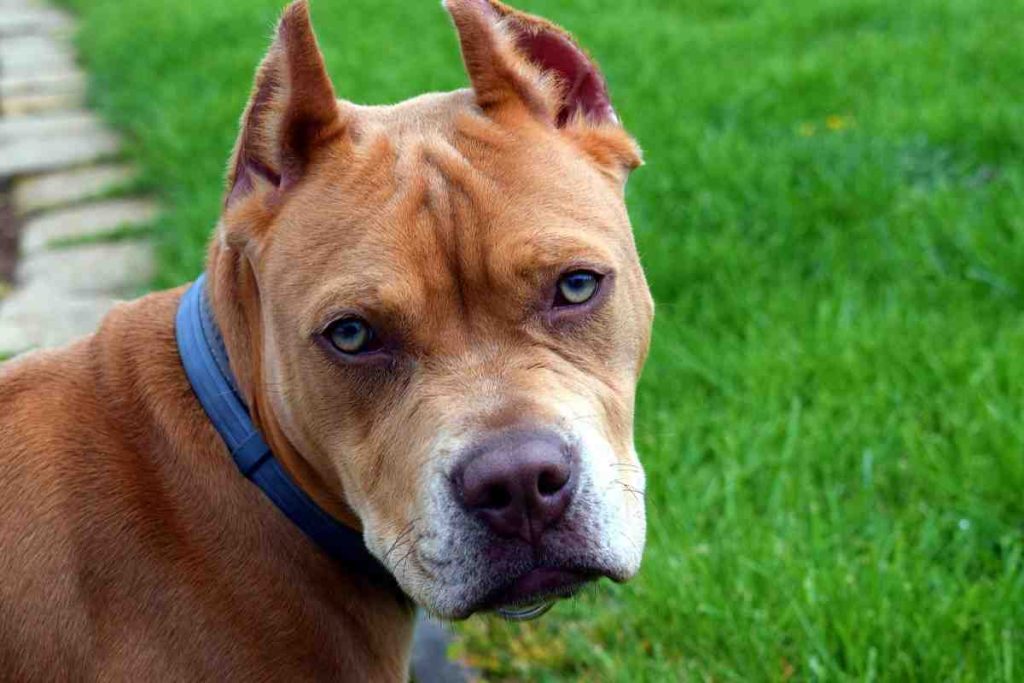
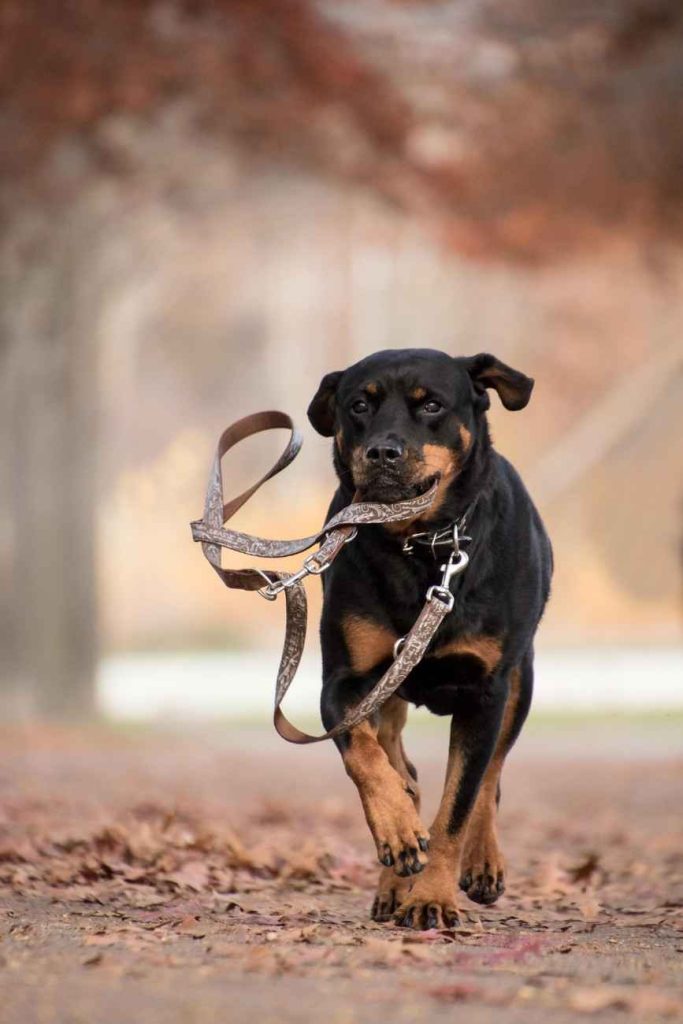

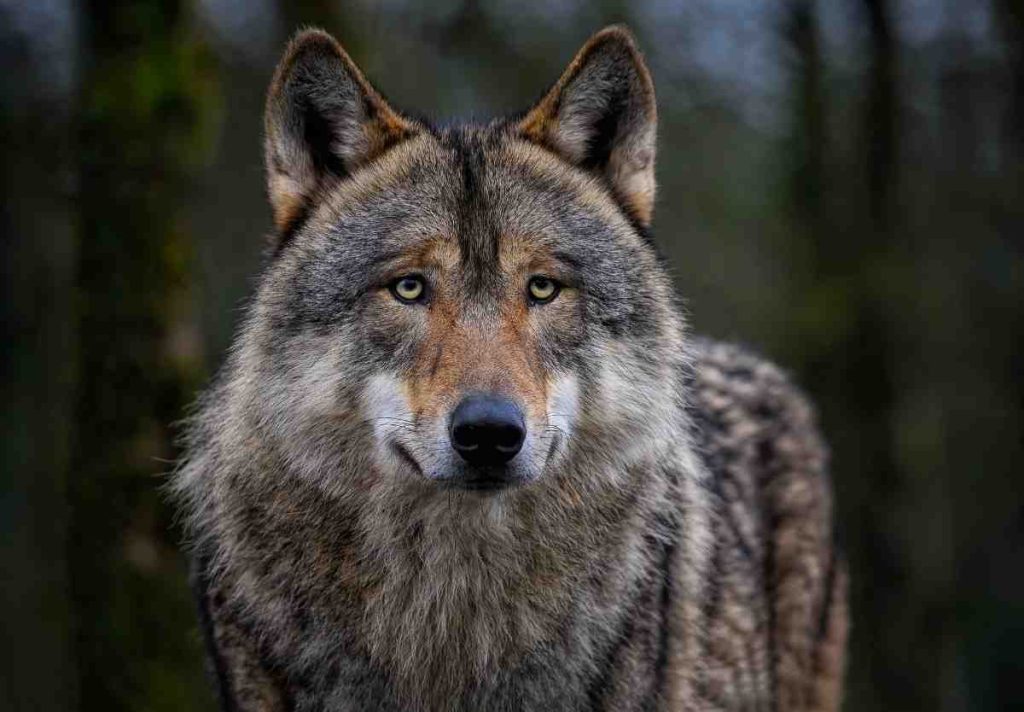
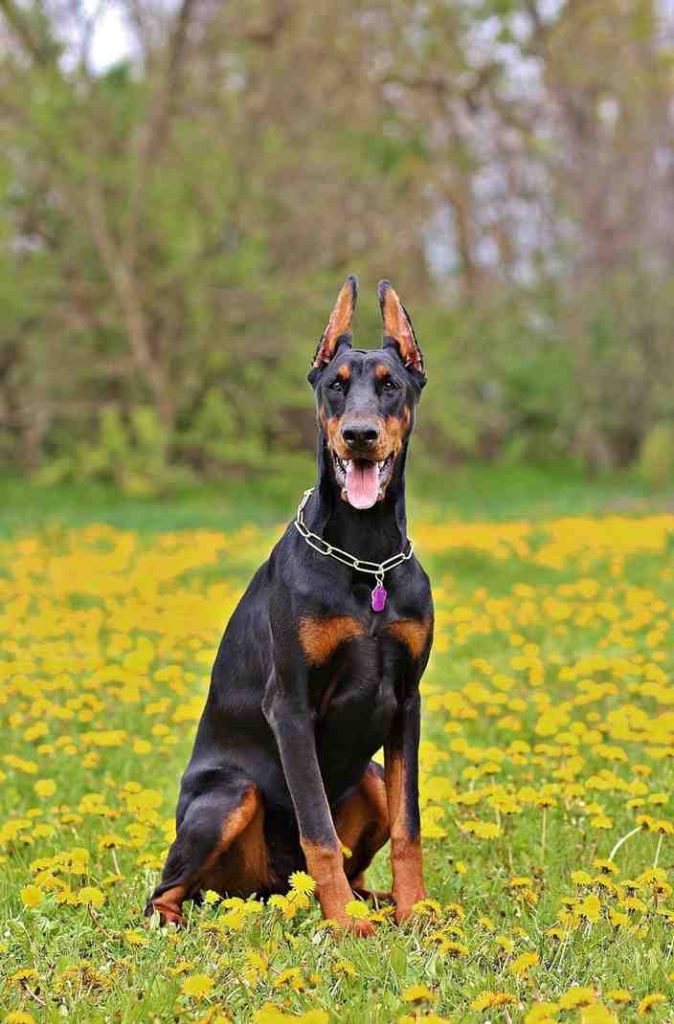
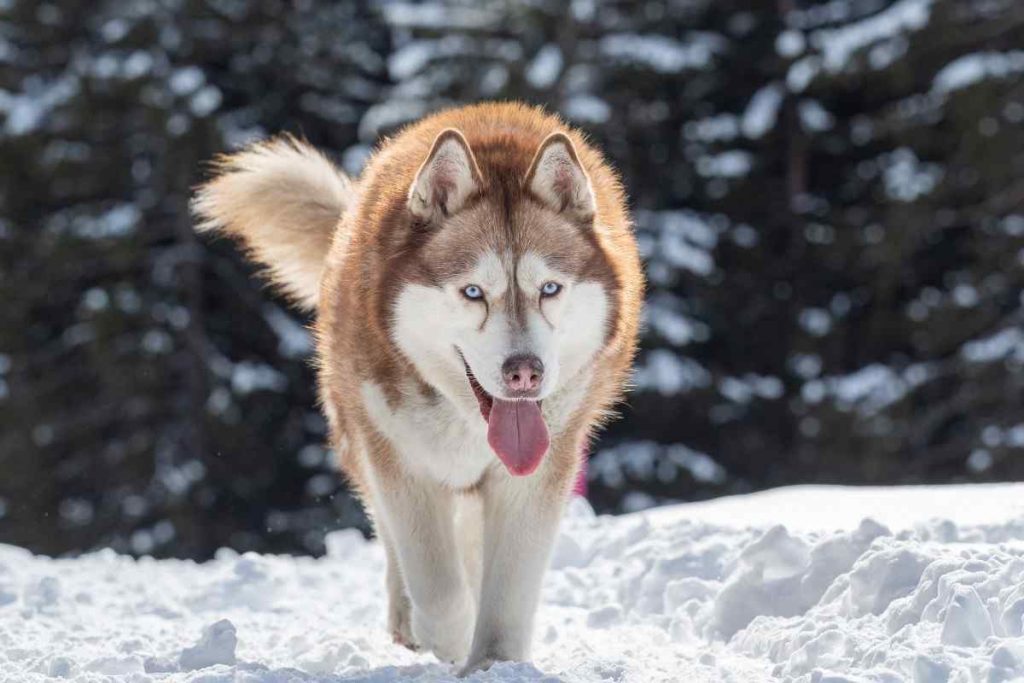
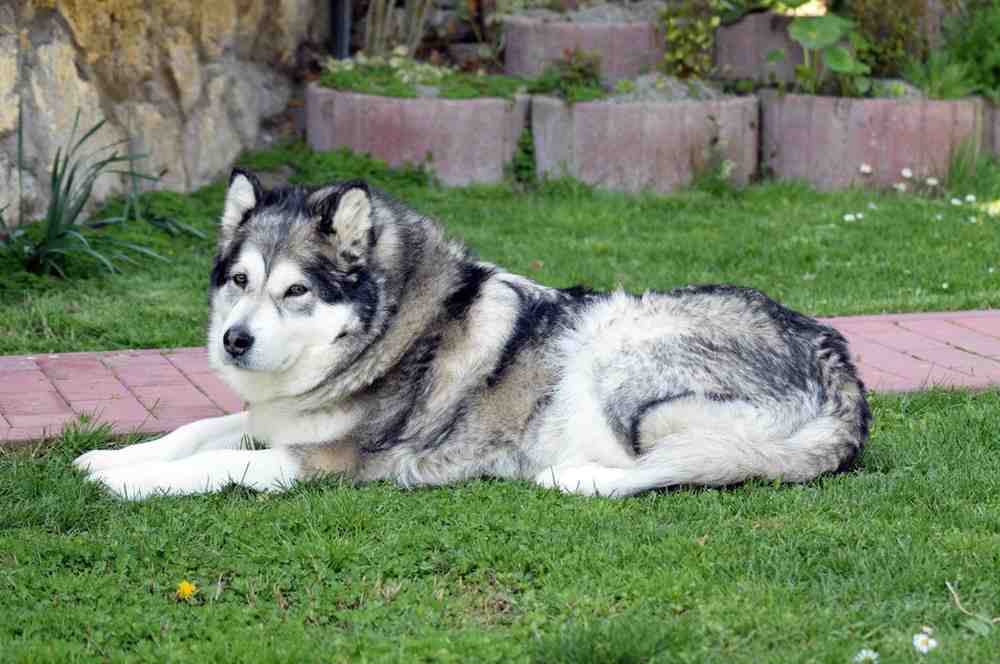
Debunking Myths About Dangerous Dog Breeds
- Myth 1: “All dogs of a certain breed are dangerous.”
Reality: How you raise, train, and care for a dog affects its behavior more than its breed does. - Myth 2: “Small dogs are harmless.”
Reality: While small dogs may not cause as much physical damage, they can still exhibit aggressive behavior. Proper training is essential for dogs of all sizes. - Myth 3: “Dangerous breeds can’t be good family pets.”
Reality: With proper training, socialization, and responsible ownership, even breeds labeled as “dangerous” can make wonderful companions.
Responsible Ownership: Key to Preventing Incidents
Owning a dog, especially one of a potentially dangerous breed, comes with significant responsibility. Here are some tips for ensuring your dog is well-behaved and safe:
- Early Socialization: Expose your dog to a variety of people, animals, and environments from a young age.
- Consistent Training: Use positive reinforcement techniques to teach your dog obedience and good behavior.
- Proper Exercise: Ensure your dog gets enough physical and mental stimulation to prevent boredom and destructive behavior.
- Secure Enclosures: Use sturdy fences and leashes to prevent your dog from escaping or encountering unfamiliar situations.
- Spay/Neuter: This can reduce aggression and territorial behavior in some dogs.
- Know Your Limits: If you lack experience with a particular breed, work with a professional trainer or choose a breed that better suits your lifestyle.
Final Thoughts
Labeling certain dog breeds as “dangerous” can be misleading and unfair. While some breeds have traits that make them more challenging to handle, responsible ownership and proper training can mitigate these risks. The key is to understand the needs and instincts of your dog and provide the care and guidance they require.
At the end of the day, every dog is an individual. With love, patience, and responsibility, even the most “dangerous” breeds can become loyal, loving members of the family. By educating ourselves and others about responsible dog ownership, we can foster a safer and more compassionate world for both humans and their canine companions.
Frequently Asked Questions (FAQs)
Q1: What makes a dog breed dangerous?
A1: A dog breed becomes dangerous when its bite strength, aggression, or protective instincts go unchecked due to poor training or socialization.
Q2: Which dog breeds are often listed as the most dangerous?
A2: Commonly cited breeds include Pit Bulls, Rottweilers, Dobermans, German Shepherds, Alaskan Malamutes, and Presa Canarios.
Q3: Are these dogs naturally aggressive?
A3: Not always. Many “dangerous” breeds are loyal and loving when raised in a caring environment. Aggression often results from poor training, neglect, or abuse.
Q4: Can dangerous dog breeds be safe around families?
A4: Yes, with proper training, socialization, and responsible ownership, many of these breeds can coexist safely with children and other pets.
Q5: Why do some people choose dangerous dog breeds as pets?
A5: People often choose these breeds for protection, loyalty, athletic ability, or admiration for their strength and intelligence.
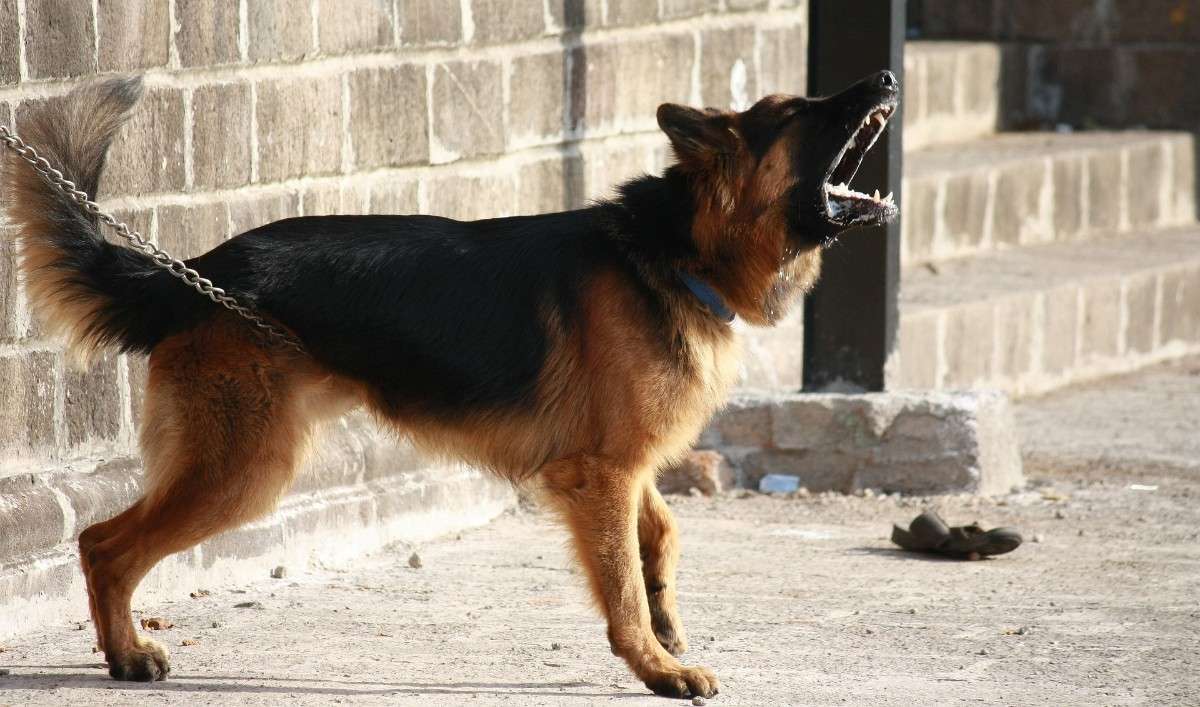
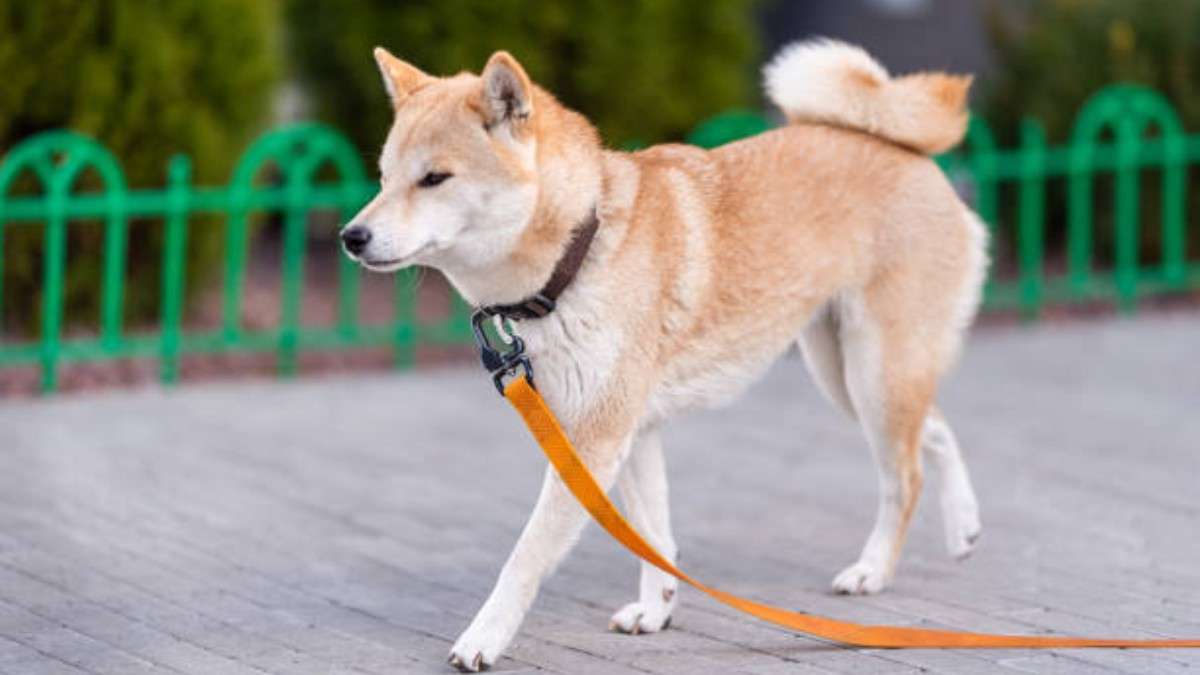
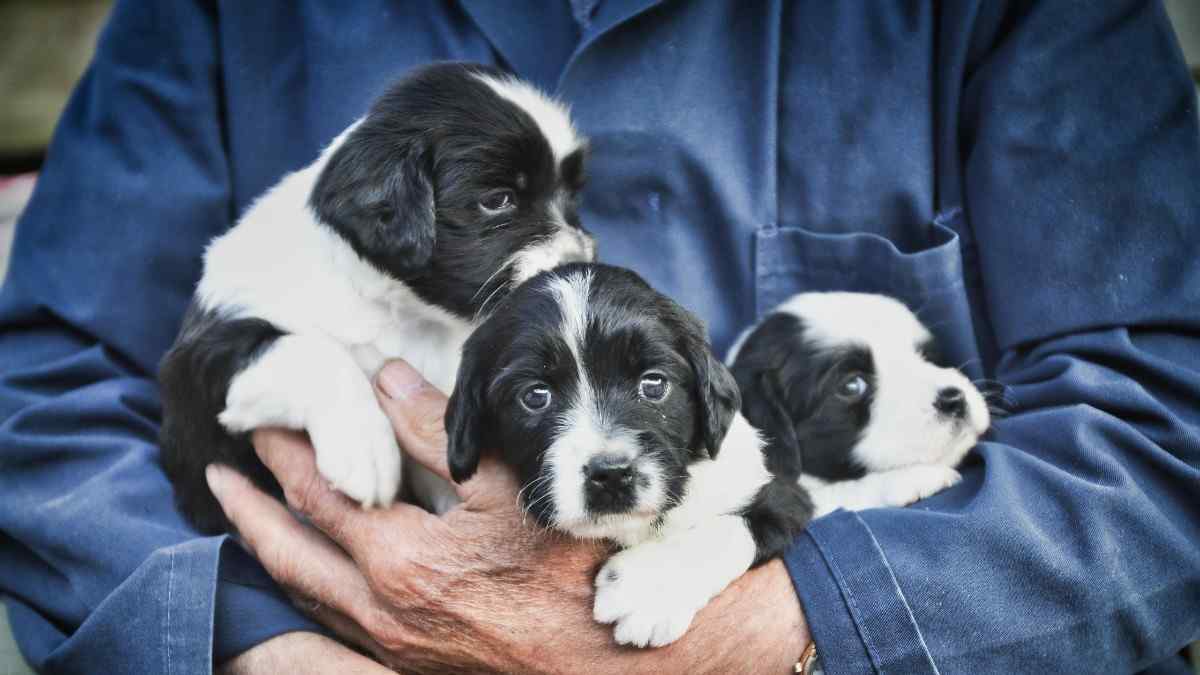
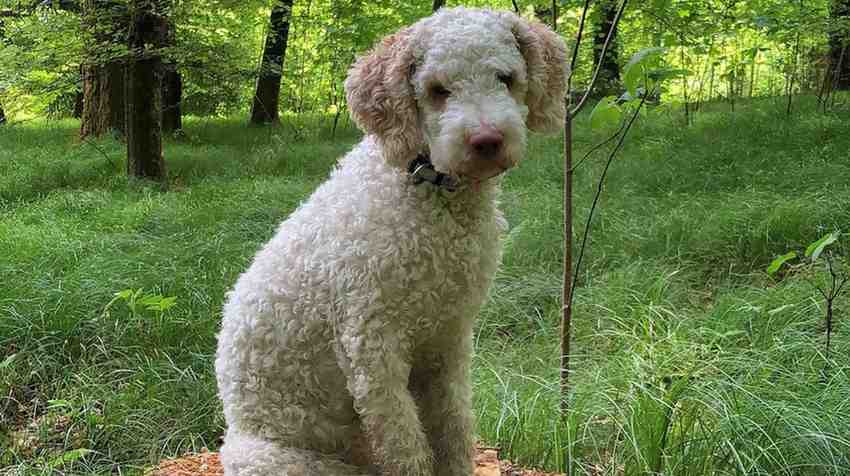
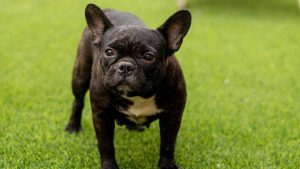
Post Comment